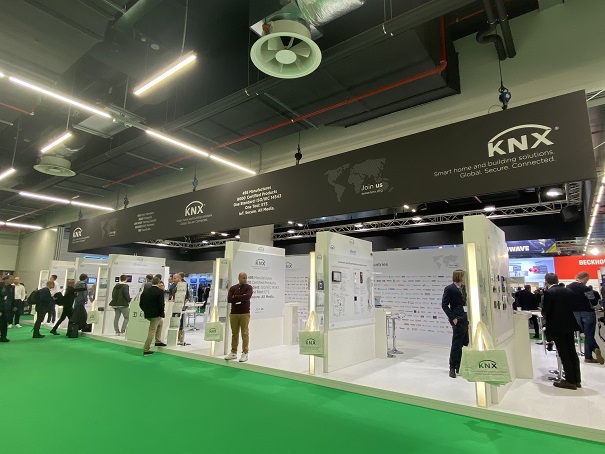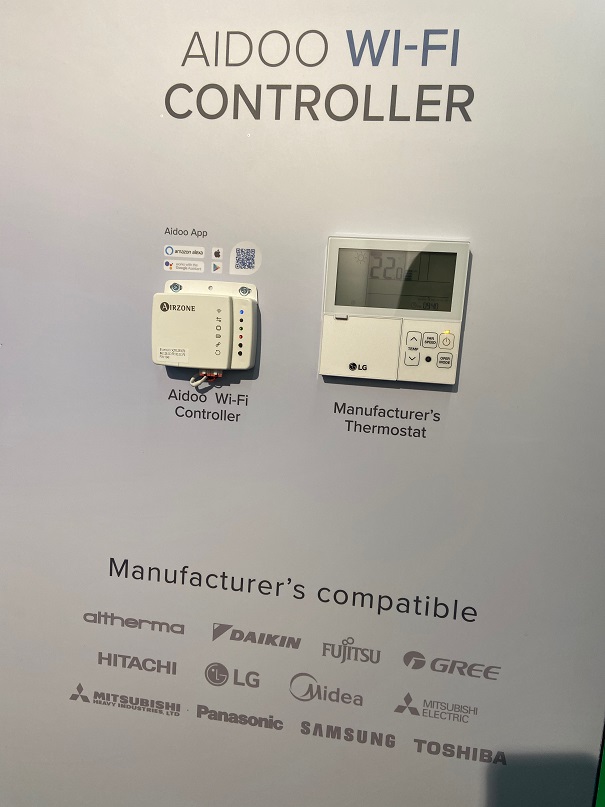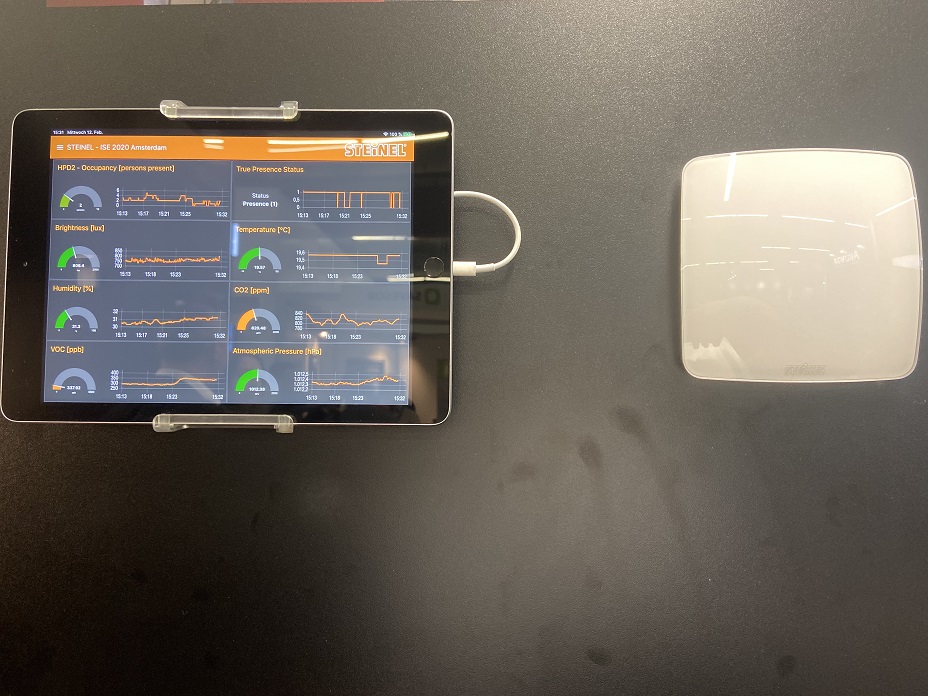Open protocol KNX has created an energetic smart home and building ecosystem in Europe. It has made the technology support effortless, as well as boosted great applications in the sector.
Open
protocol KNX has created an energetic smart home and building ecosystem in Europe. It has made the technology support effortless, as well as boosted great applications in the sector.
Speaking of the smart home and smart building market in Europe, open protocol KNX wouldn’t be left behind. The standard is celebrating its 30th anniversary this year with almost 500 manufacturers across 44 countries on board.
It stands at a position like Amazon Alexa and Google Assistant in the voice control sector: manufacturers that want to enter the smart home and building market in Europe, must first make their products supporting KNX protocol to join the large ecosystem.
“The beauty of KNX is that you’ve got a lot of manufacturers, and they all work together. A single manufacturer can develop a unique product, which connects to a bigger world,” said Mark Warburton, Technical Director at Ivory Egg, a KNX distributor in the UK.
 KNX at ISE 2020
KNX at ISE 2020
Warburton pointed out two main focuses of KNX this year: strengthen the security of the protocol and pushing a less fragmented
IoT world.
KNX Secure aims to add a layer of security on the top of KNX protocol and language. The security layer encrypts the device message at the IP level and individual device communication, making integrators easier to secure the smart
automation system. But still, consumer-facing security relies on the efforts of manufacturers.
Another solution KNX IoT, which is still under development, wants to let other companies work with KNX. Even though products from different companies speak different languages, such as Z-Wave, the solution is designed to bridge the language gap. Like a translator.
It will be a solution for the future, described Warburton. Aside from Europe, KNX has also been adopted in South America, China, India and Australia.
Easy-to-install smart HVAC convertor
 Airzone Aidoo
Airzone Aidoo
At ISE 2020, two smart home and building solutions supporting KNX stood out among other competitors.
Spanish company Airzone has demonstrated Aidoo, a
HVAC solution for VRF integration. Homeowners can just connect the Aidoo Inverter device with their HVAC device at home. After a few easy settings, they can easily control and monitor the HVAC unit via the Airzone app, voice assistants or other KNX-compatible control system.
The plug-and-play device supports almost all the big names in the HVAC sector, including Daikin, Fujitsu, Hitachi, LG, Toshiba, Samsung, Panasonic, Altherma and Mitsubishi. Since the company works directly with the HVAC manufacturers directly, it knows the protocols well and creates seamless integration experiences in home automation.
“Other companies are either experts in only HVAC or only in integration. We know both. That’s our biggest advantage,” said Matt Yilmazian, Global Communications Officers at Airzone.
“Next, we will continue to develop the integration part, to look into adding more names in the list. HVAC is a never-ending development,” said Yilmazian.
True human detection sensor
 Steinfel Sensor
Steinfel Sensor
German sensor manufacturer Steinel has presented its human presence detection sensors at the annual show.
The True Presence Range Multi Sensor doesn’t need any movement to detect human presence. It detects it through human breathing patterns, or to say micro movements, on the body. It is able to tell if there are any humans in a certain area.
HPD2 sensor, on the other side, is an optical-based sensor that is able to count the number of humans present in a maximum 10x10m2 area. The sensor also comes complete with integrated temperature and humidity sensors.
In a smart building, it is critical to know how many people are present. If the space gets too crowded, the smart building system can adjust the HVAC device to make the air flow stronger and lower the CO2 level. When the space is empty, the system can therefore turn off all the devices to save energy.
“We can compare smart buildings to a human body. And, smart sensors give the body senses, such as touch and smell. That’s our aim,” said Joachim De Backer, International Sales Project Manager, Light & Controls, Steinel.